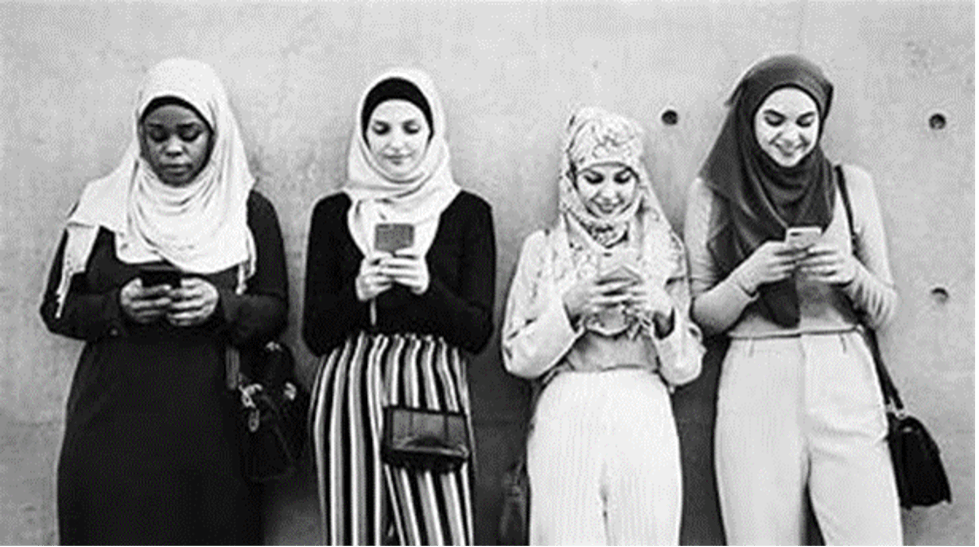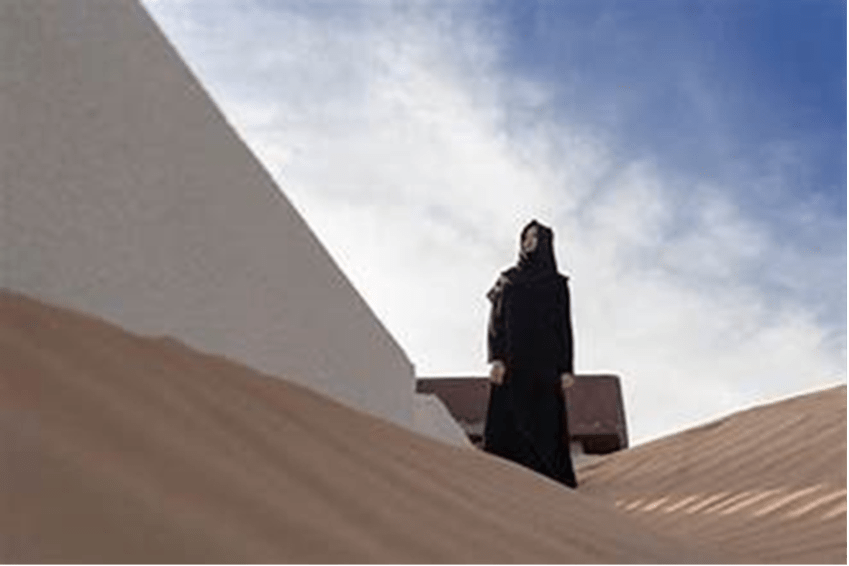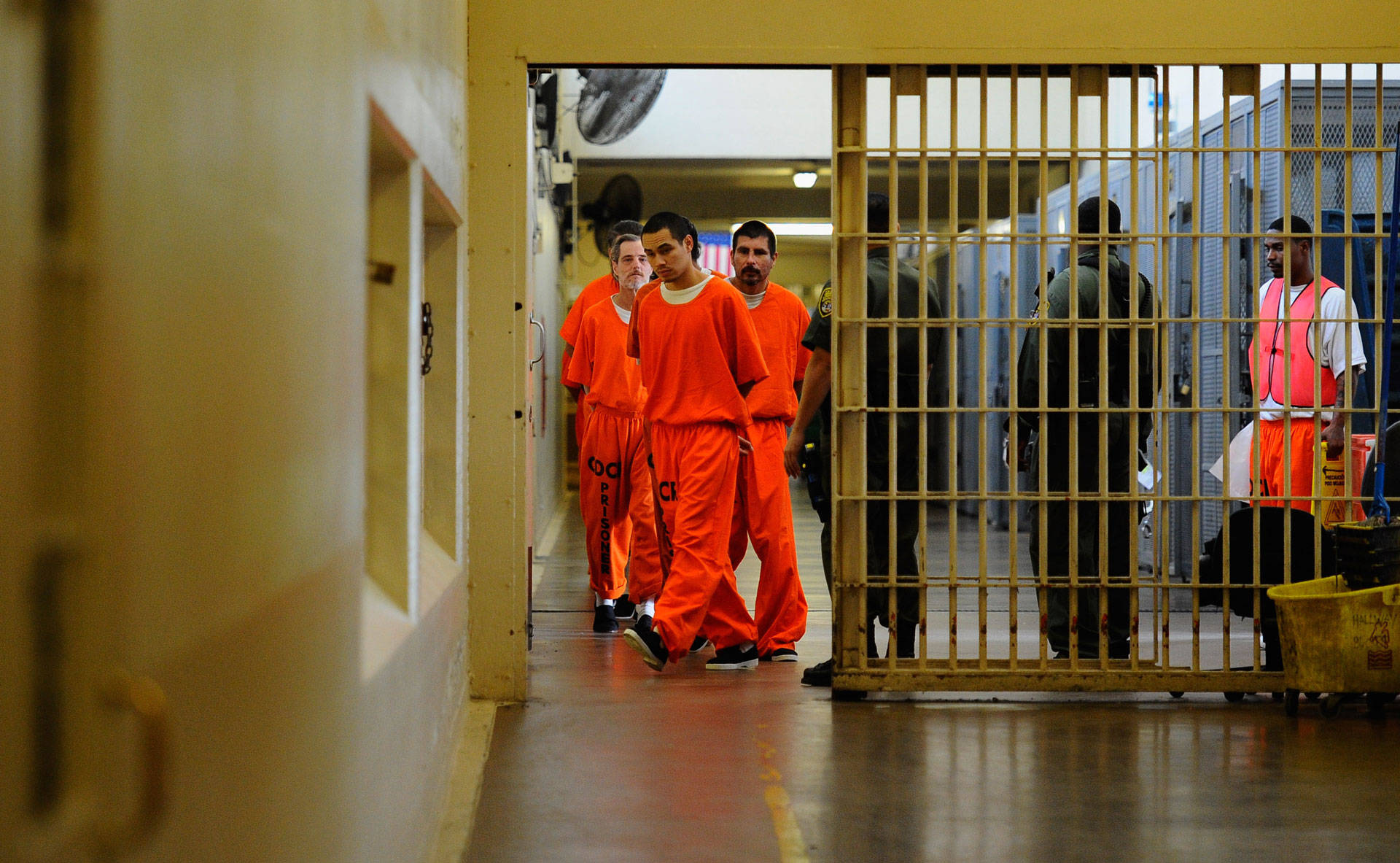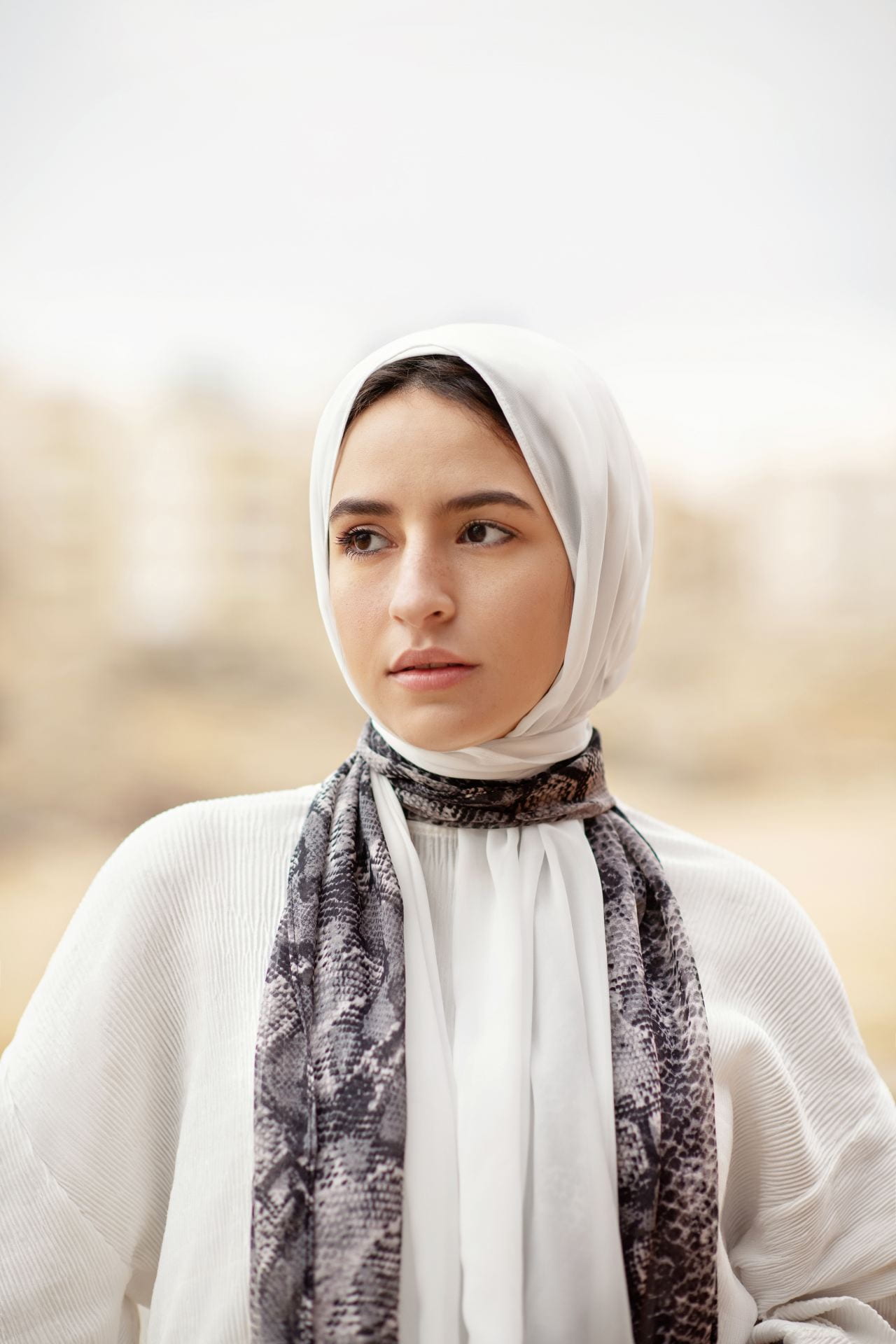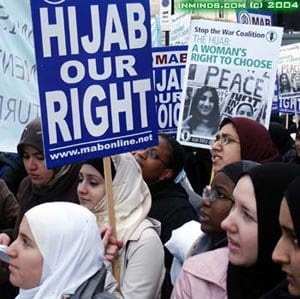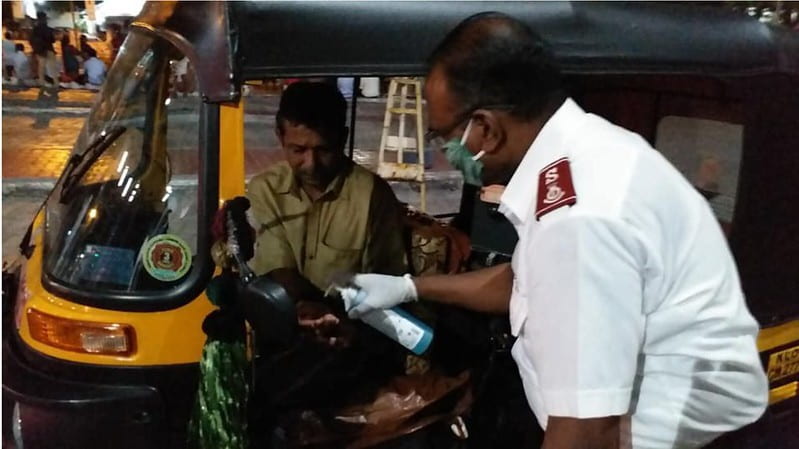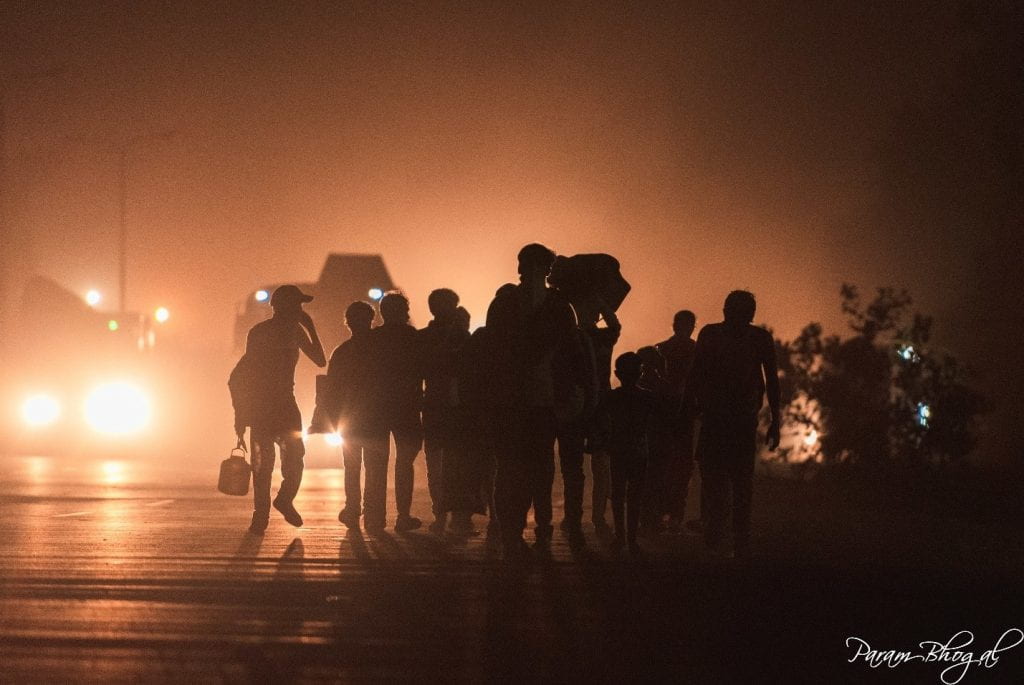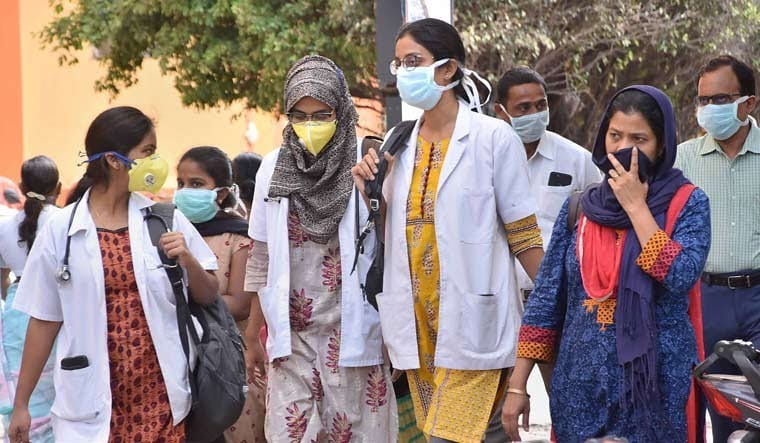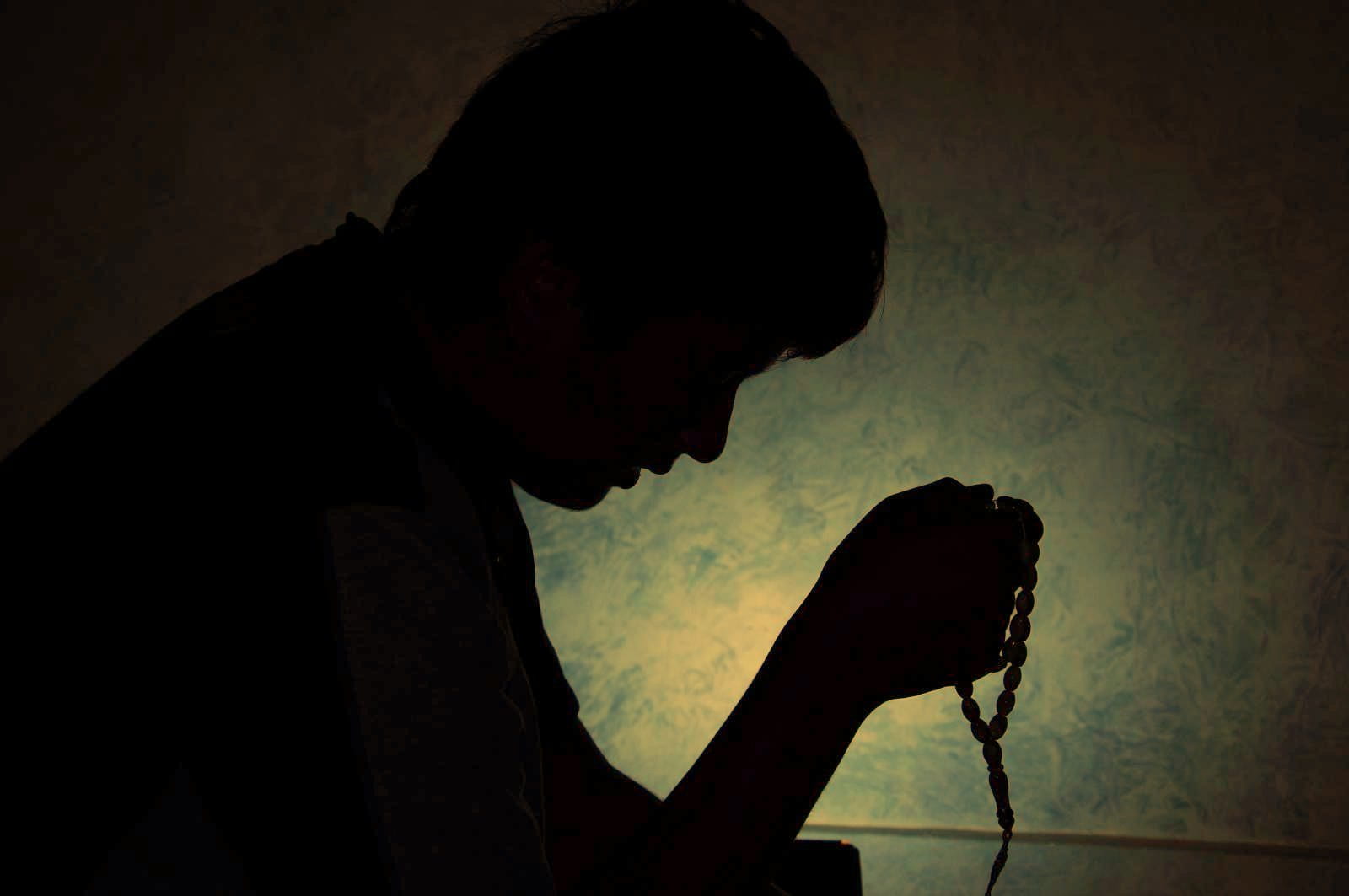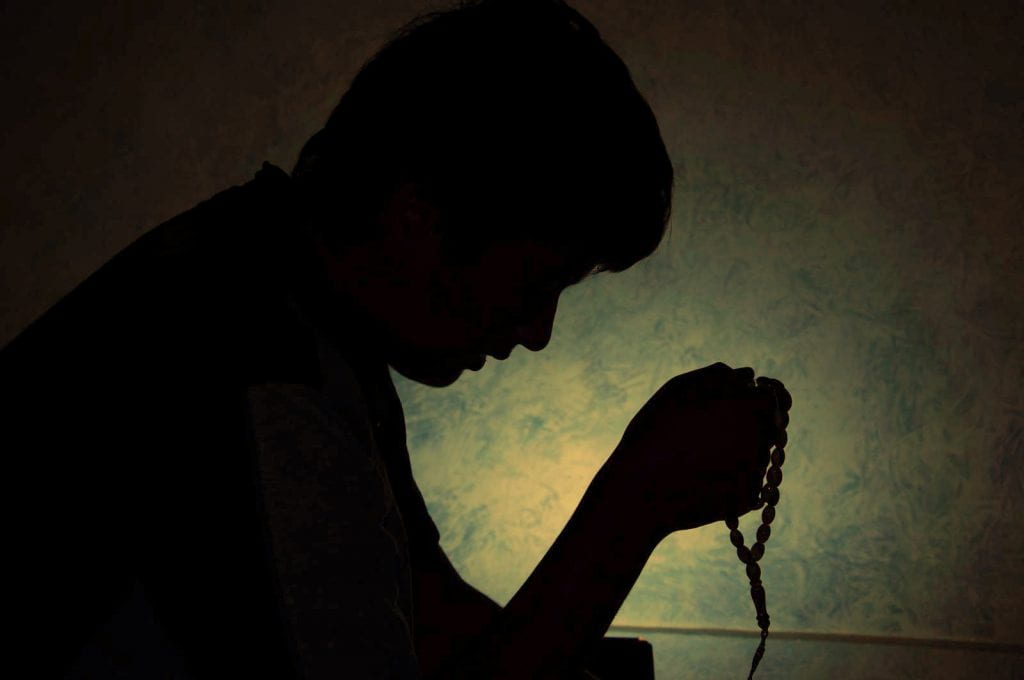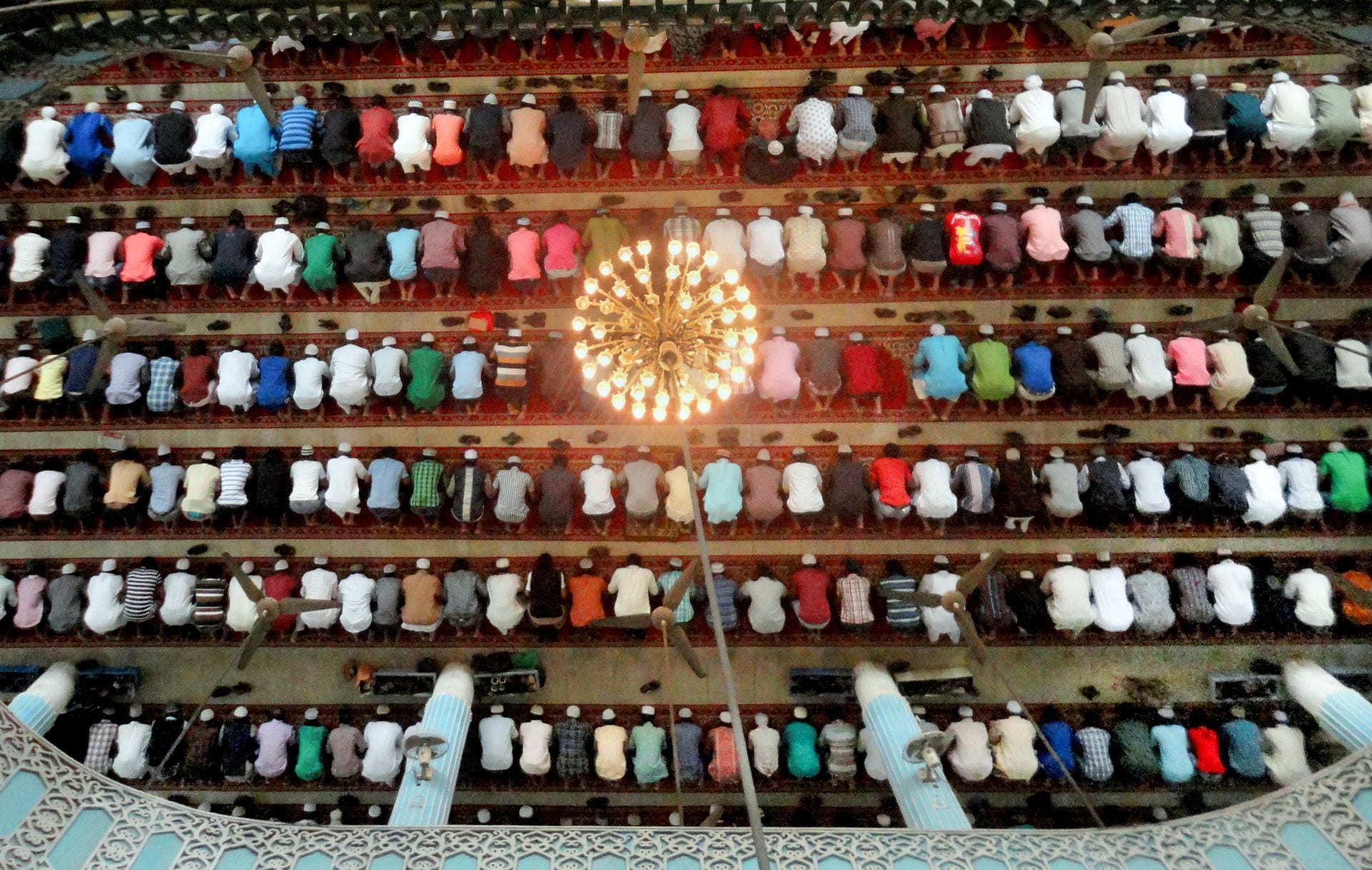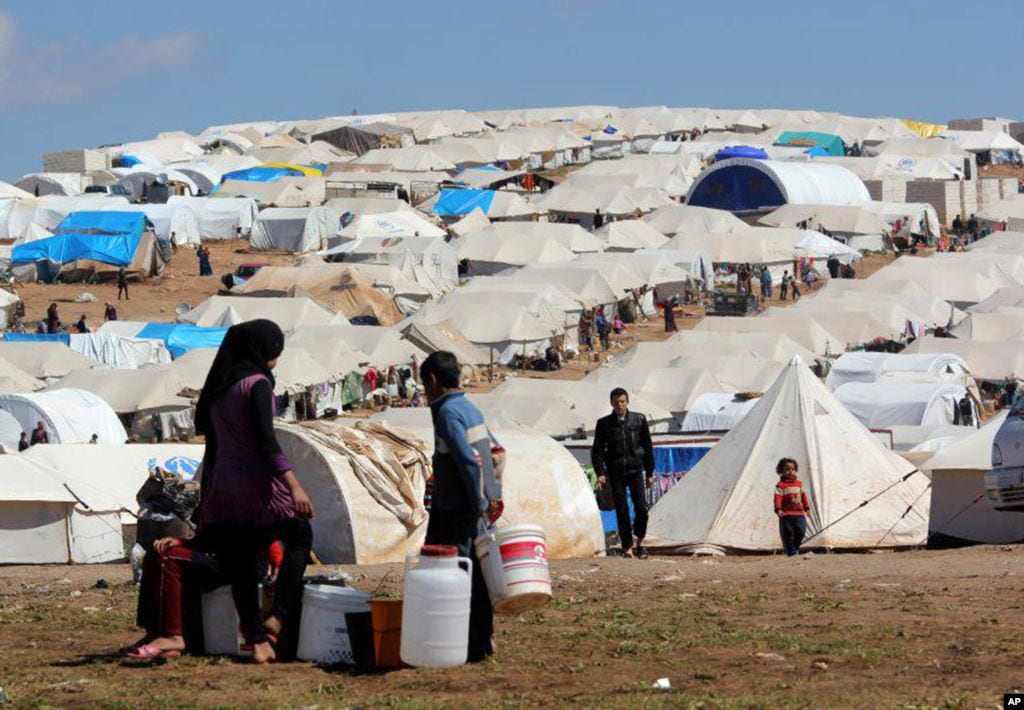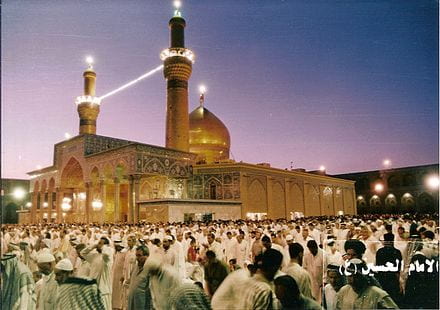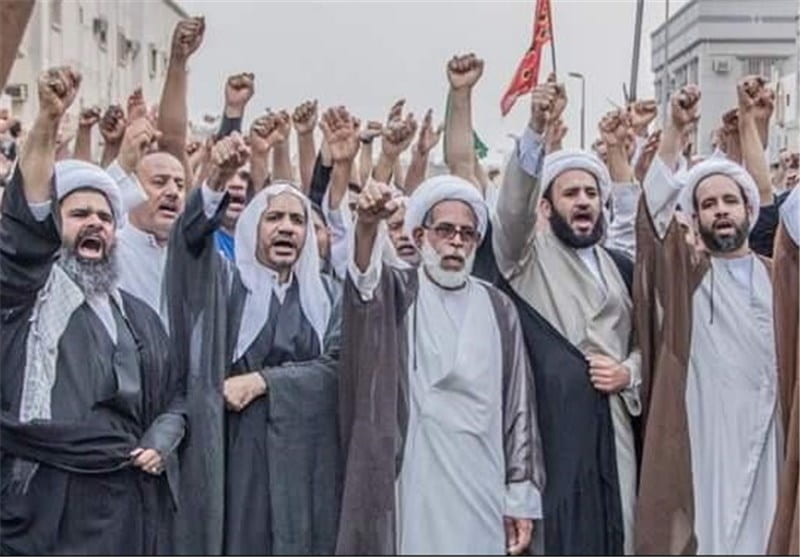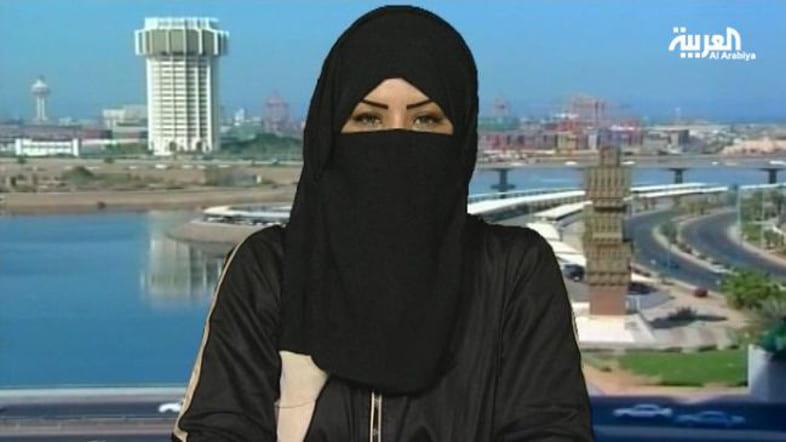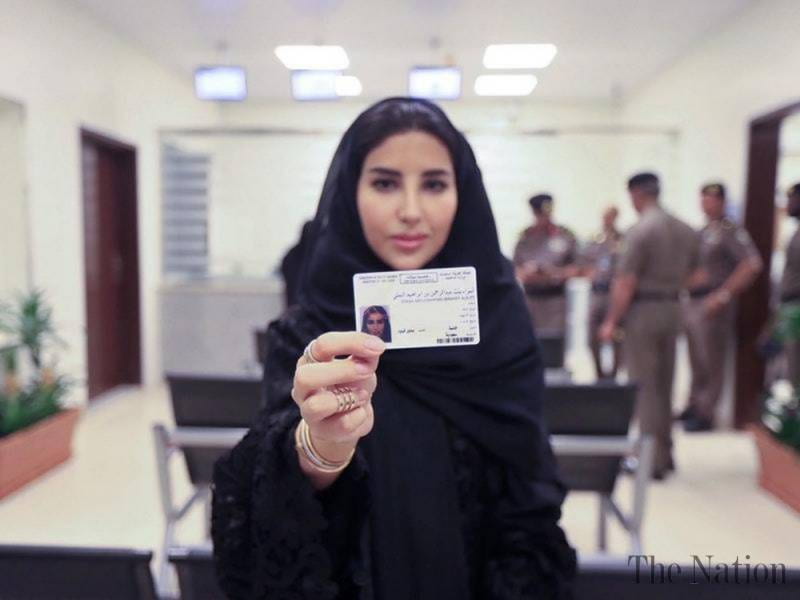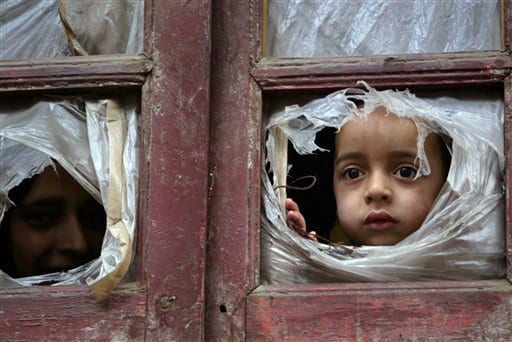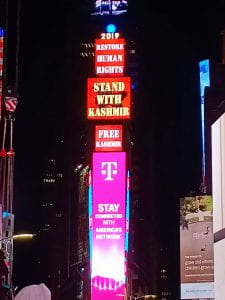
The Universal Declaration of Human Rights states that all humans, no matter their sex, race, ethnicity, nationality, etc., have distinct rights. These include the rights to property, religious freedom, education, government participation, and freedom of movement within a country and outside a country, to name a few. Speaking about what we think and moving freely in public are some of the most basic rights that should be available to all humans, no matter where they are located or who they are. For the past 20 years, Afghan women have fought hard for their freedoms and rights to live life as they see fit. These are rights that have now been stripped from them once again, a reflection of the first Taliban rule.
In 1994, the Taliban surfaced as militant leaders of Afghanistan as a result of a civil war that the country had recently experienced. From 1994 to 2001, the Taliban reigned over Afghanistan, continuously revoking women’s rights. Those rights included education, healthcare, freedom of movement, and involvement in political affairs. If a woman was to leave the house, she was not allowed to show any skin. Burqas, which are loose clothing that covers the entire body and face, were a requirement. This article will update women’s rights violations in the recent years.
The Taliban’s Continued Attack on Education:

The Taliban had issued empty promises of upholding women’s rights when regaining control of Afghanistan. Within days of assuming control in August 2021, the Taliban had banned co-education and made it illegal for a man to teach a girl. Not a month had passed before their next attack on women’s education came to the fold. This time, women were prohibited from secondary education, and their level of education access was reduced to that of 6th grade. Throughout the years following the Taliban’s return to power, women and their right to education have been tirelessly subjugated to attacks from the Taliban. For a timeline of women’s rights that have been revoked since 2021, look at the United States Institute of Peace website for tracking the mistreatment of women by the Taliban.
In fragility, conflict, and violence (FCV) countries, women are significantly more likely to be put out of school. FCV countries are countries that have conflict and violence occurring, causing the country to be in a fragile state. The World Bank Group, which measures gender gaps in education as well as in the economy, labeled Afghanistan as an FCV country. Education is detrimental to the development of any country. The restrictions on education are a way to perpetuate a cycle of poverty and compliance with repressive governments. According to the World Bank Group, education promotes health, stability, peace, and reductions in gender gap and poverty.
The first thing that was taken from women in Afghanistan in 2021 was their right to education. In the Universal Declaration of Human Rights, Article 26, the article emphasizes the right to education as a universal right. This is a right that is infringed upon in many countries and is especially evident in Afghanistan. For a more in-depth look into women’s education in Afghanistan in the months following the Taliban, check out Nikhita Mudium’s blog post on Women’s Education in Afghanistan.
Recap: 2024 Restrictions on Women in Afghanistan

In a report done by Human Rights Watch, one of the most visited news updates of 2024 was about Afghanistan and the Taliban’s rule. The rest of the world has watched in horror as windows looking into the kitchens of homes have been boarded shut. The very image and the very sound of women’s voices are becoming something that is silenced and stowed away. As of August 2024, women’s voices are not allowed to be heard in public. The excuse of tempting a man has closed off women’s access to public spaces such as parks and educational facilities.
Another attack on women came in the form of shutting beauty salons down, which in turn put nearly 60,000 women out of jobs. Not only has this newest ban taken away further employment of women, but it also took away safe places that women had outside of the home. Additionally, women no longer have positions in healthcare. To further add to the turmoil, male healthcare workers are often not allowed to examine women, leaving many without medical aid. Article 13 of the Universal Declaration of Human Rights, states that the freedom of movement within one’s own country is a universal right. Not only are women banned from public spaces, but they are also not allowed to leave the house without the accompaniment of a male relative.
In the most recent development, the Taliban has demanded that NGOs (Nongovernmental organizations) operating in Afghanistan must get rid of female staff. Any NGO that does not comply will have their license to operate in Afghanistan revoked. NGOs are voluntary organizations that are not affiliated with a government that provides services for the public. This would greatly affect Afghanistan’s most vulnerable group of people: Afghan women and children.
While the international response has been to limit support and humanitarian aid to Afghanistan, this response is more likely to harm the women within the country. Especially after a climate crisis, the lack of aid directly affects women and children the most. For a more in-depth evaluation of natural disasters, lack of humanitarian aid, and its substantial effect on women in Afghanistan, read Delisha Valacheril’s post, Deadly Earthquake in Afghanistan Magnifies Gender Apartheid Under Taliban Control.
Afghan Women Will Not Be Silenced:

In 2024, Human Rights Watch reported that artists are contributing pieces in protest of the Taliban and their treatment of Afghan women. Rada Akbar and Fatima Wojohat are both Afghan artists who were forced to flee after the Taliban’s retaking of Afghanistan. Their artwork expresses the struggle of Afghan women, as well as the strength and resilience that they possess. Their artwork is an attempt to amplify the voices that the Taliban desperately tries to suppress. In a feature by Human Rights Watch, Rada Akbar’s art is a representation of the importance women play in society as well as the diversity of Persian women.
In her statement to Afghan women, she says, “Your dreams are not just valid–they are vital, and your voice carries weight, even in silence.”
Along with that, in September of 2024, a meeting at UN Headquarters–which included the Women’s Forum on Afghanistan–discussed life in Afghanistan for women since the return of the Taliban in 2021. The UN, since then, has stated its intent to amplify the voices of women in Afghanistan, as well as to not be stagnant in the organization’s opposition to gender-based discrimination. Without the participation of women, there will be no successful future for Afghanistan.
It is imperative that the world continue to pay attention to the atrocities that are occurring in Afghanistan. As always, one way to help is to stay informed and to help spread awareness by sharing reliable news sources. One of the best things that can be done is to listen to the voices of Afghan women that the Taliban tries so hard to snuff out. Their voices matter, their dreams matter, and most importantly, the success of their future matters.

